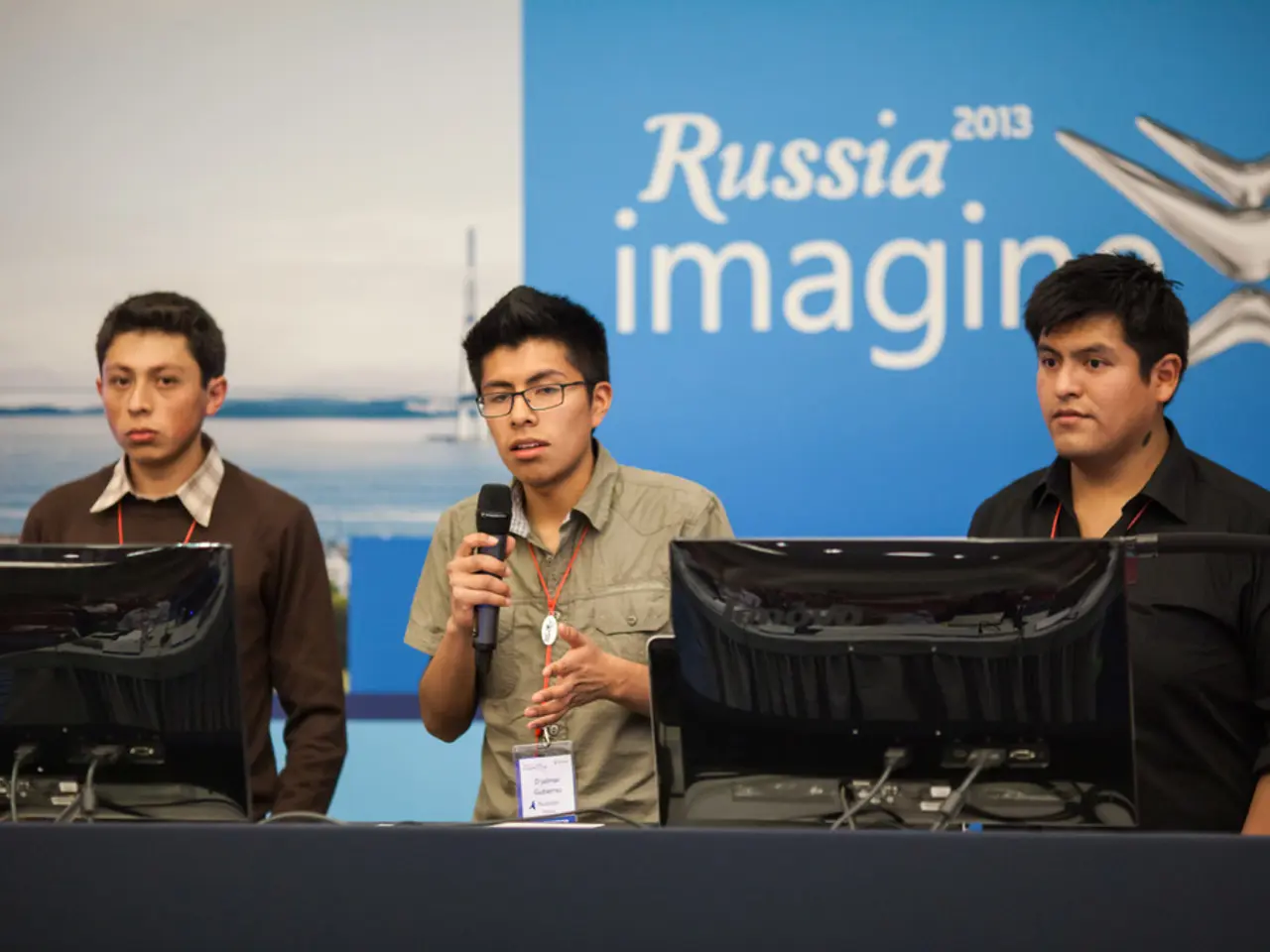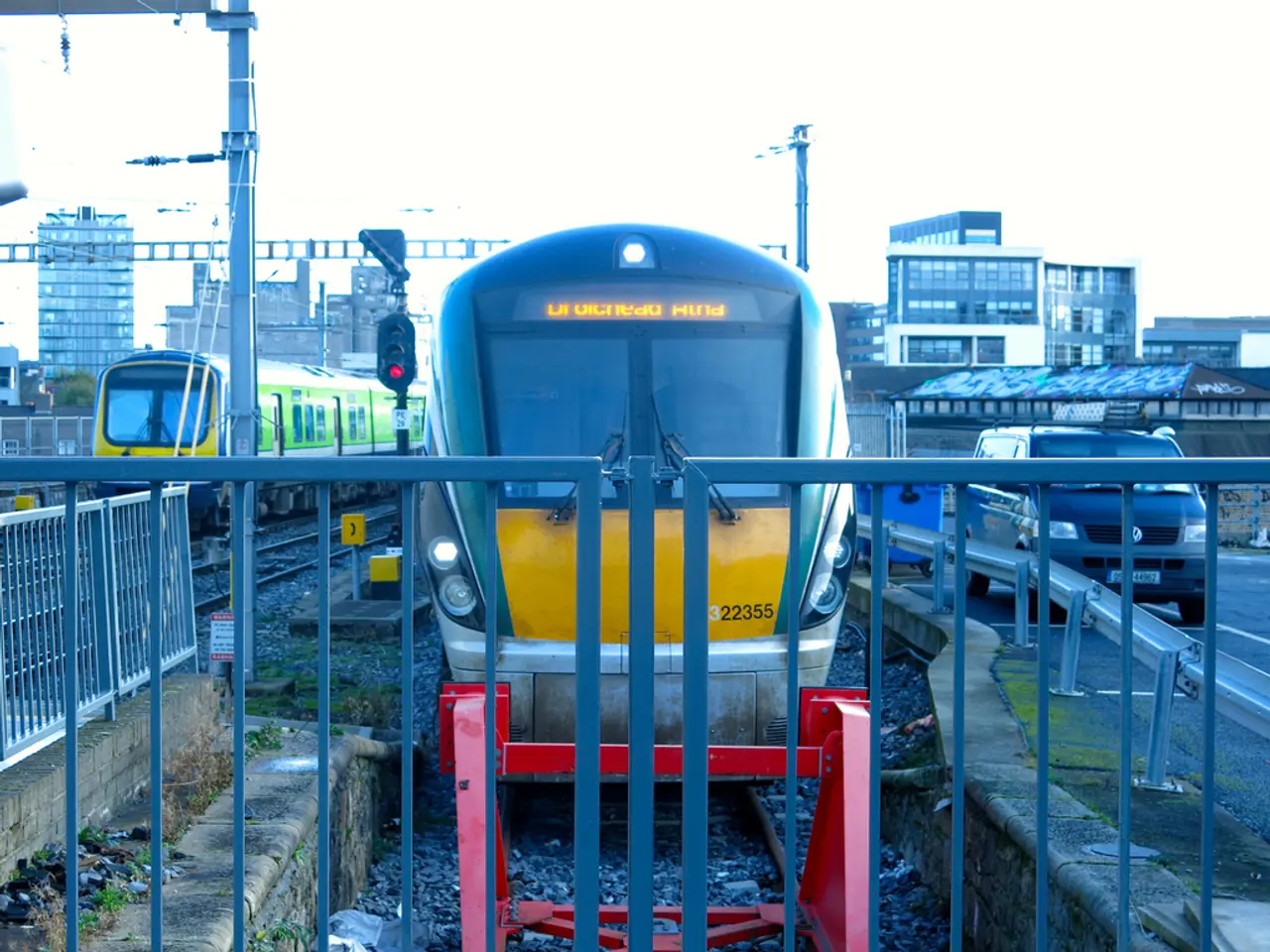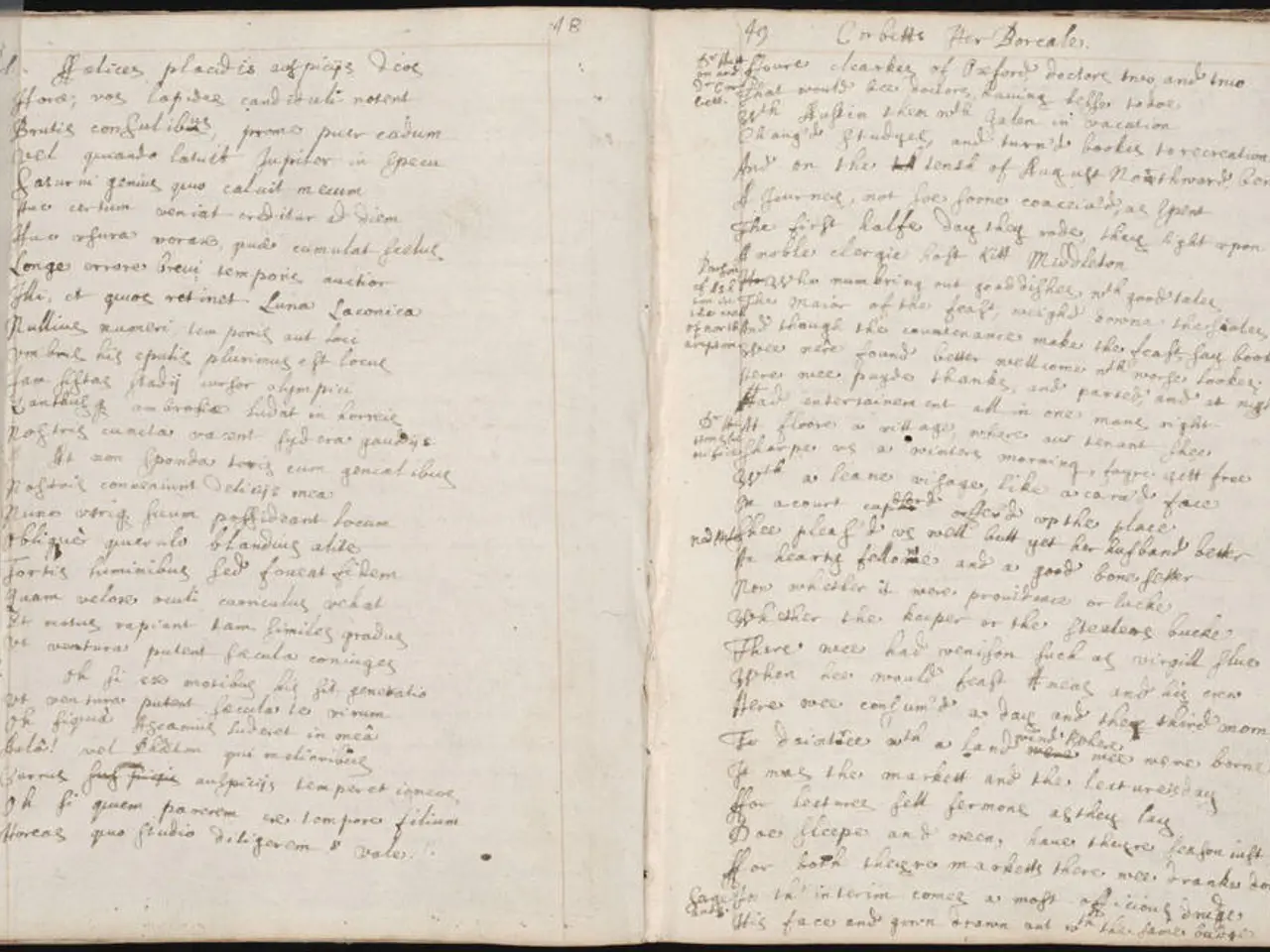Tesla abandons its self-developed Dojo wafer-level processor project, disbands the related team; Musk plans to rely more on Nvidia and AMD moving forward
Tesla has announced that it will be dismantling its Dojo supercomputer program, according to a report by Bloomberg. The decision comes after CEO Elon Musk deemed the existing Dojo 2 design as an "evolutionary dead end."
The Dojo supercomputer, which was started in 2021, aimed to build wafer-scale processors for AI training. However, the project faced challenges in producing servers due to the use of proprietary components.
Musk's new direction for Tesla involves a strategic pivot to leverage partners for training compute hardware while focusing the company's internal chip development on inference chips embedded in vehicles and robots. This shift is reflected in Tesla's decision to increase its reliance on established external providers like AMD and Nvidia for AI data center processors.
The AI6 chip, designed for onboard vehicle inference tasks, is set to replace the Dojo supercomputer's focus on training compute. Tesla is expected to have a cluster equivalent to 100,000 of Nvidia's H100 GPUs up and running in 2026.
Peter Bannon, the head of the Dojo project at Tesla, is set to leave the company, and about 20 members of the Dojo team have left to join a new AI startup, DensityAI.
Musk's interest in Tesla cars' hardware and the Dojo supercomputer hardware running on the same architecture has not been abandoned entirely. Musk has suggested that Dojo 3 and the AI6 will be the first converged architecture designs. If Tesla follows Musk's direction, this converged architecture would avoid relying on exotic design decisions and proprietary components.
The roll-out of Dojo 2 hardware has been slow, and the supercomputer had limitations in memory capacity. Musk described Dojo as a "long shot" worth taking due to its potential high payoff. However, with the emergence of better AI chip technology for in-vehicle compute, Musk has opted to dismantle the program and focus on the AI6 chip.
Samsung Foundry will produce the successor to the AI5 processor, the AI6 processors, towards the end of the decade. TSMC will produce the AI5 processor for next-generation Tesla vehicles starting in 2025.
In conclusion, Tesla's decision to dismantle the Dojo supercomputer program is a strategic move to leverage external providers for heavy AI training workloads and focus on the development of inference chips for vehicles and robots. The AI6 chip is set to replace the Dojo supercomputer's focus on training compute, and if Tesla follows Musk's direction, a converged architecture design will be implemented to avoid relying on exotic design decisions and proprietary components.
[1] Tesla's Dojo supercomputer is a long shot, but it could pay off big
[2] Tesla's Dojo supercomputer is being dismantled
[3] 20 Tesla Dojo team members leave to join DensityAI
[4] Tesla's Dojo supercomputer: A long shot worth taking
[5] Elon Musk's AI supercomputer Dojo is a big gamble
[1] Despite its challenges, Tesla's Dojo supercomputer is a long shot, but it could pay off big if Tesla follows Musk's direction for a converged architecture design that avoids relying on exotic design decisions and proprietary components.
[2] Contrary to expectations, Tesla's Dojo supercomputer program, which aimed to build wafer-scale processors for AI training, is being dismantled as part of Musk's strategic pivot to leverage partners for training compute hardware while focusing on in-vehicle inference chips like the AI6.




